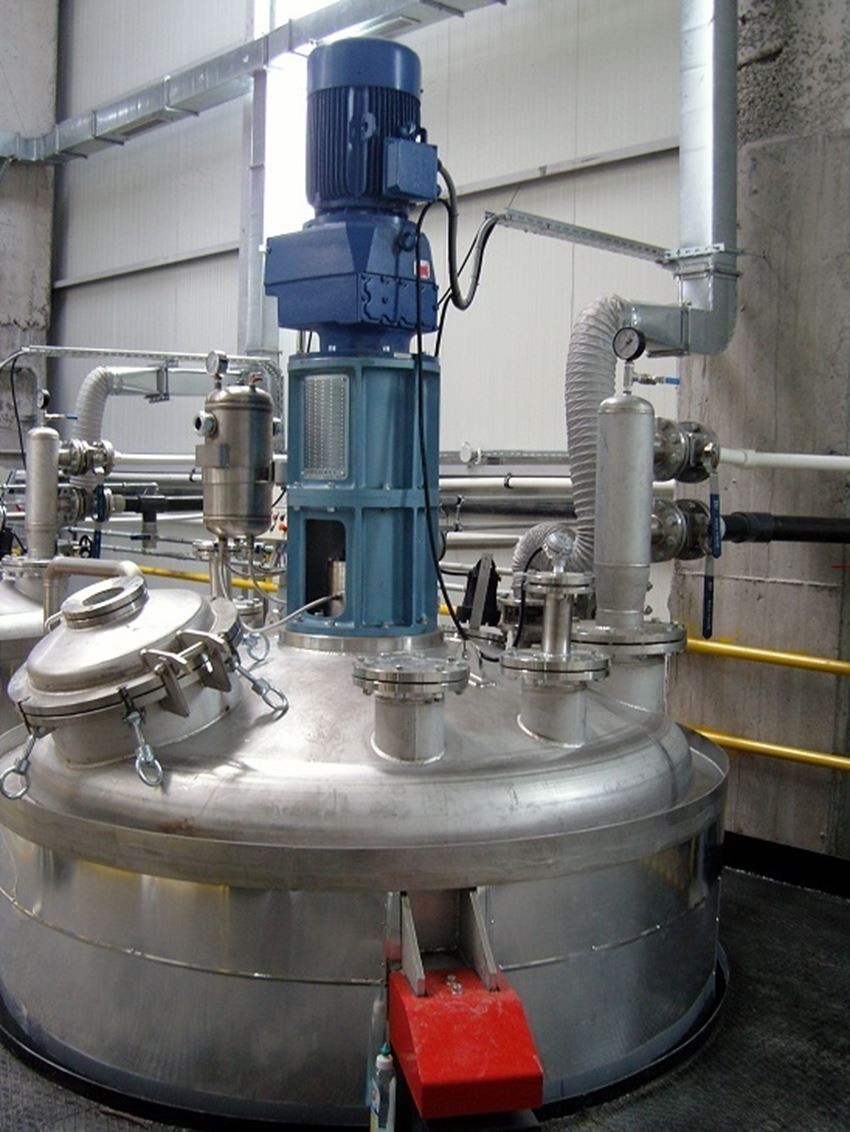Urea formaldehyde resins are the second important group of amino resins along with melamine formaldehyde. Its share in the total amino resins produced is around 80%. Urea formaldehyde resin is a resin commonly used in the production of chipboard and plywood. This resin is produced in the world and in our country by heating the appropriate urea and formaldehyde mixture for 5 hours at 115 ° C. During this production, E3 quality glue with high formaldehyde emission is generally produced. E1 and E0 quality glue production is generally not produced due to the short stocking time and different production process. E0 quality glue production was carried out in the studies carried out. In addition, production time was reduced to 1 hour with a completely different production process, and the production temperature was changed to 50-60 ° C. In the reaction between urea and formaldehyde produced under basic conditions, methyloluene derivatives are formed, similar to melamine formaldehyde resin. Methylol derivatives are then heated in acidic medium to crosslink. Crosslinking proceeds over methylene bridges or ether bridges. If the reaction between urea and formaldehyde is carried out in an acidic environment, it is directly switched to a high molar mass polymer.
Melamine formaldehyde resin is used as lamination glue and urea is a very expensive glue compared to urea formaldehyde because of its expensive melamine. Instead of using one hundred percent melamine, melamine urea formaldehyde copolymers were produced by adding certain percentages to the economy: When the quality of the copolymers produced was examined, it was observed that they were the same as pure melamine formaldehyde.
Urea formaldehyde resins are harder than phenol formaldehyde resins. These non-colored resins are colored according to their use and are used for decorative purposes. White colored electrical materials (plug, button, socket etc.) are products used instead of phenolics. They are more resistant to heat and moisture than phenol-formaldehyde resins, but melamine formaldehyde resins are better resistant to heat and moisture. Urea formaldehyde resin is mixed with water and foaming agent, and air is introduced into it, and foamed through foaming machines. The foam is hydrophobic and moistening or water absorption is very difficult. During combustion, it releases nitrogen gas, which acts as a fire extinguisher. It is a good insulator even when new foamed. The foam has good sound absorption. Urea are tetrafunctional melamine hexafunctional starting materials. Therefore every Highly crosslinked polymers are obtained from the two materials. |  English
English